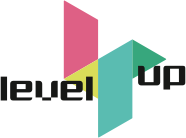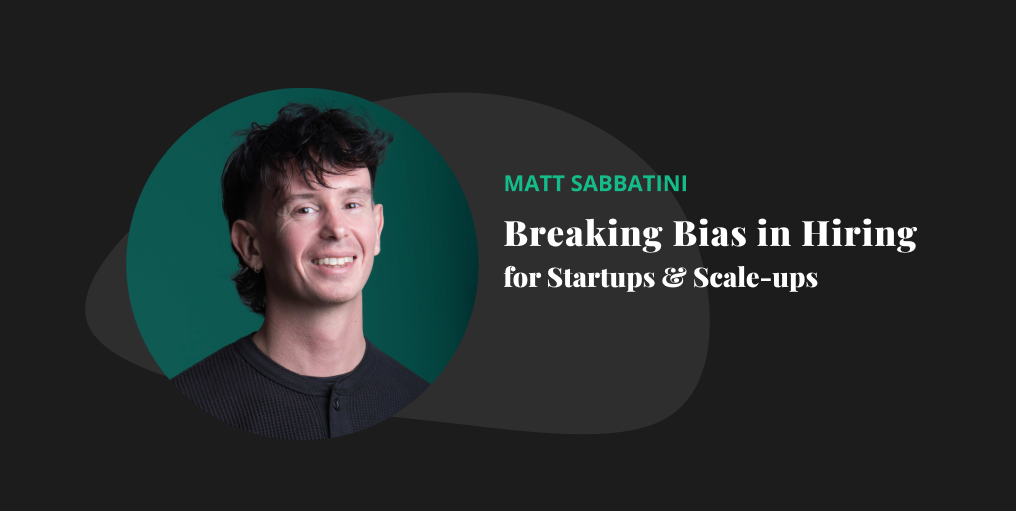Bias in recruitment is a touchy subject. In a team, recruiters are the ones who are the most familiar with how slippery the slope is towards acquiring biased opinions. They occur more often than not, particularly in interviews where less experienced interviewers have to assess a candidate.
In a way, it makes sense how biases come to be. After all, many studies have shown over decades that it’s in human nature to evaluate other people. Our brains are wired to process information rapidly by assessing and comparing individuals to our own past experiences, environment(s), and culturally specific social norms. These comparisons lead to categorizing others in terms of their appearance, behavior, personality, background etc. However, unfortunately, the fewer similarities we detect between us and another person (in terms of our achievements, likings, and aspirations), the higher the chances that we will not click with that other person.
That means, for example, if you meet a lot of people with whom you don’t click and they all coincidentally happen to wear green shoes, you will start believing that you don’t get along particularly well with people who wear green shoes. And so, you have created a bias for yourself and will automatically avoid the next person wearing a green pair.
But what if a person who’s wearing green shoes and is interviewing for a vacancy in your team has all the skills needed to not only perform well with your team but also to scale your product in a better way?
As you can see, the problem with having a bias is that the evaluation of such a candidate would fall short because of their footwear – and perhaps that can impact the future growth of your company.
“A bad hire in tech can cost as much as $485,371.38. This is a cost few companies can afford. In many cases, bad hires are the result of interviewer bias, inefficient screening methods, or a combination of these.” – Devskiller.
For that reason, it is crucial for interviewers or hiring managers to be able to break down the amount of their biases to an absolute minimum – and the good news is that that’s possible! With certain techniques and practices which are actually quite simple to implement, you can start hiring smarter by choosing candidates based on their actual qualities – and not your assumptions.
In this article, I will share a way to reduce biases in job interviews based on leading previous workshops with hiring teams. This article will ultimately help you create a scorecard for your interviews by focusing on a “biases workshop” which you should hold with your team. And at the end of the article, you will also be able to download a Miro board template to get started with your own scorecard workshop right away.
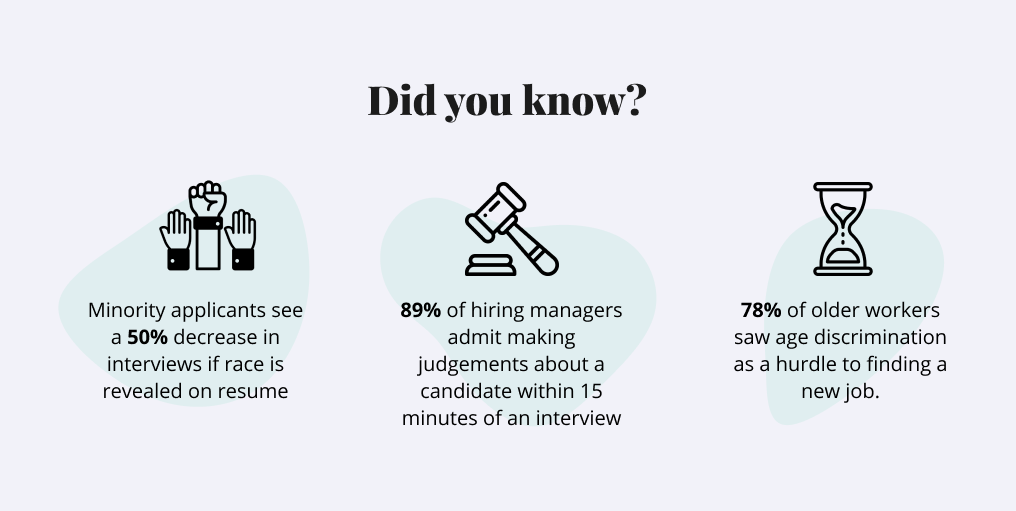
Types of bias in recruitment
“Biases are the tendency to favor one person or group over another, often without conscious awareness. Bias can manifest in various forms, such as race, gender, age, disability, and sexual orientation.”
In my experience so far, the most common types of biases that happen in recruitment are confirmation, halo and stereotyping biases.
Confirmation bias
The tendency to favor information that confirms our preexisting beliefs while ignoring information that contradicts them. For example, lead recruiters or managers favoring candidates who share similar backgrounds or experiences as their own and seeking out information to confirm this during interviews instead of considering having a team consisting of a diverse range of candidates.
Halo effect
The tendency to assess someone based on a single positive trait or characteristic, and assume that they possess other positive traits as well. For instance, if you see that a candidate attended a prestigious university, you may overevaluate him because this academic trait will lead you to automatically perceive the candidate as a smart and diligent person. This is dangerous because it might make you ignore them when they possess the actual qualifications needed for the vacancy.
Stereotyping bias
The tendency to apply generalized assumptions about a particular group of people to an individual. In this case, think of the assumption that a female candidate may not be as assertive as a male candidate, even when there is no evidence to support this assumption.
How to avoid biases?
The best way to reduce biases is by using a scorecard. A scorecard is “a system which manages to translate your team’s strategic goals – in this case, to reduce biases – into a set of performance objectives.” It’s a simple yet highly efficient way to make sure that biases in interviews are prevented through:
→ One structure for all candidates applying for the same role: all candidates are asked the same questions
→ No more “gut feeling” decisions: there is clear & specific feedback that can be given to the candidate and used to make hiring decisions
→ Percentage scores: candidates can be fairly assessed based on numbers rather than feelings
Now the question is, what makes a good scorecard and where do you even start if you want to make one? I’ve spent a fair amount of time researching and practising creating scorecards so I’m going to share my not-so-secret weapon on how to perfectly create one to assess your candidates in a systematic, professional, and bias-reduced way.
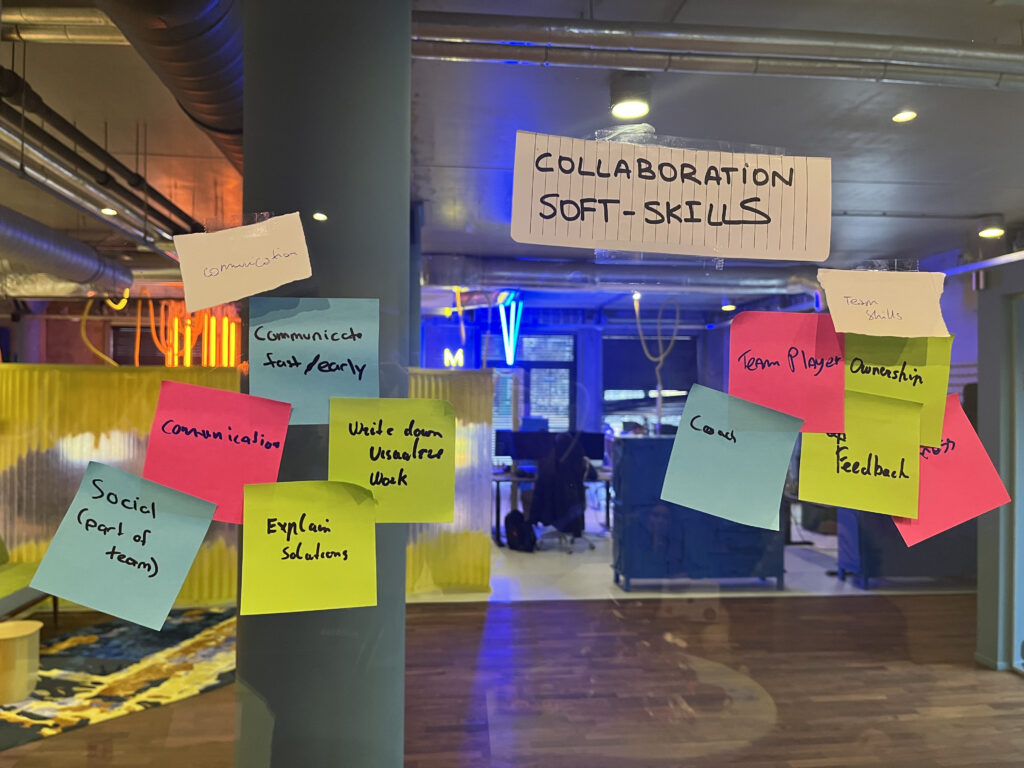
Unbiased interviewing scorecard workshop
The process of setting up and leading a scorecard workshop involves several steps, each of which is crucial to the success of the workshop. Set aside 1.5 hours for it, with 15 minutes for an introduction, 30 minutes for divergence, 30 minutes for convergence, and 15 minutes for a wrap-up.
Step 1: Set up the workshop meeting event
To begin, it’s important to involve the entire hiring team, including the hiring manager and all interviewers. It’s also important to create a meeting description that clearly states the purpose of the meeting and the intended outcome. Don’t forget to point out whether the meeting will be held online or in person, to choose a suitable location and set the meeting for 1.5 hours.
Step 2: Set up the workshop board
According to Kerry Cathcart, Head of Business Operations at Google, you want to assess four attributes of a candidate:
Role-related knowledge
These are the basic skills they need to do the job on day 1:
→ What do they already know?
→ What are you willing to teach them?
General cognitive ability:
These are problem-solving & decision-making skills:
→ How have they solved a problem in the past
→ How do they know their solutions are successful
→ How well do they learn from mistakes
→ How would they approach a problem you already have in the workspace
Leadership
These are teamwork & collaboration skills:
→ Ability to get things done
→ Ability to collaborate
→ Ability to take ownership
Company DNA
How well a candidate can contribute to the company experience:
→ Good or bad behaviour towards other colleagues
→ Cultural fit/company values
→ How they can contribute to the company culture
Based on these attributes, take a workshop board (if your meeting is online use Miro) and divide it into four columns: Role-related knowledge, Cognitive ability, Leadership, and Culture fit. These columns will be used to organize the competencies discussed during the workshop.

Step 3: Explain how to lead & carry the workshop
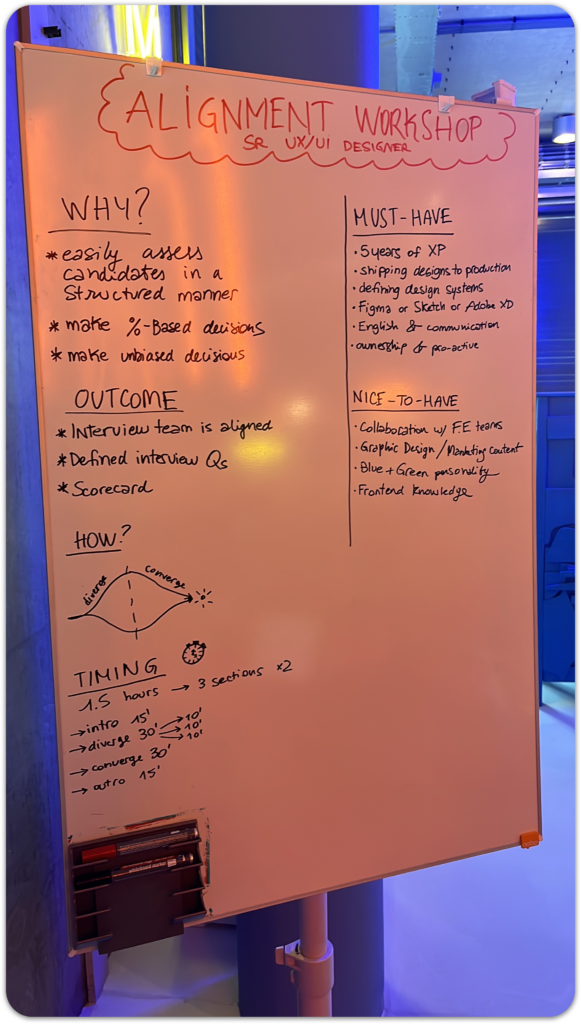
Now it’s time to execute the workshop. Begin by introducing the purpose and the desired outcome.
→The purpose is to create a list of competencies that will be used to assess candidates.
→ The outcome is to have 6-7 competencies to create a scorecard for unbiased interviews.
Next, explain the methodology. The team will keep a list of must-haves and nice-to-haves attributes & competencies in mind, and each team member will have post-its and markers to use.
The workshop will be divided into two parts: divergence and convergence.
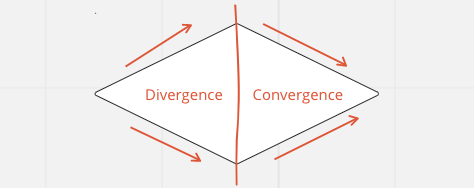
Divergence
→ During divergence, the team will brainstorm as many words as possible that expand on the must-haves and nice-to-haves for each of the four attributes mentioned in Step 2. These words will be written on post-its, and each team member will present their post-its to the rest of the team.
Convergence
→ During convergence, the team will work together to group the words into clouds and give names to each cloud, sparking conversation about each cloud.
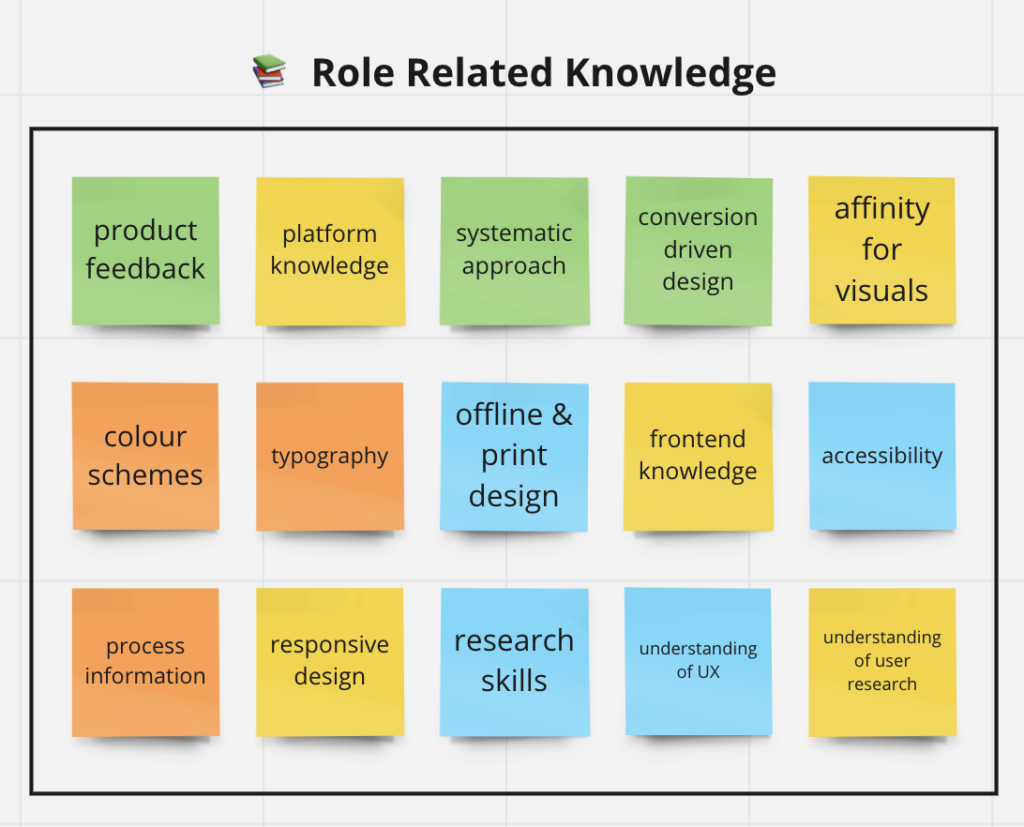
→

For both divergence and convergence, the workshop leader will set a timer of 3-4 minutes for each column.
Step 4: During the meeting, facilitate and steer
During the workshop, it is important to facilitate conversation and steer it in the right direction. This involves overcoming certain challenges, such as a lack of alignment among the team about the desired profile or adding more requirements than the pre-defined must-haves and nice-to-haves. It’s also very important to have one last “reality check”: see if the competencies you all agreed on for the position are actually vital for it. Ask yourselves, “In which real-life situations will the candidate use this specific set of qualities?” That will also help you to create interview questions.
As a workshop facilitator, it is your job to keep the purpose of the meeting in mind and remind the team about it when needed. Sometimes the best thing to do is to let the team debate and come up with a solution themselves while you observe from afar and only intervene if necessary.
Step 5: Aftermath
After the workshop is complete, the lead will use each post-it and cloud to create a scorecard.
For example, in the visual below, we created a section in the scorecard called ‘defining direction’ under which we added each post-it term from the board.

Once the scorecard is complete, it can be shared with the team so they can apply it in interviews.
Download this Miro board containing the steps to run an interview scorecard workshop:
Conclusions
Minimizing biases in recruitment is essential for making better hiring decisions and creating more inclusive workplaces. By conducting a biases workshop with your team and creating an unbiased interview scorecard, you can systematically evaluate candidates based on their actual qualities and qualifications, rather than relying on assumptions or gut feelings.
This process involves involving the entire hiring team in a workshop, setting up a workshop board, explaining the methodology, facilitating conversation during the workshop, and creating a scorecard based on the workshop’s results. This method ensures that candidates are assessed fairly, promoting diversity and inclusivity within your organization.
By implementing these practices, you can improve the overall hiring process, reduce the chances of a bad hire, and contribute to a more inclusive and effective work environment.
Edited by Sascha Mikic
